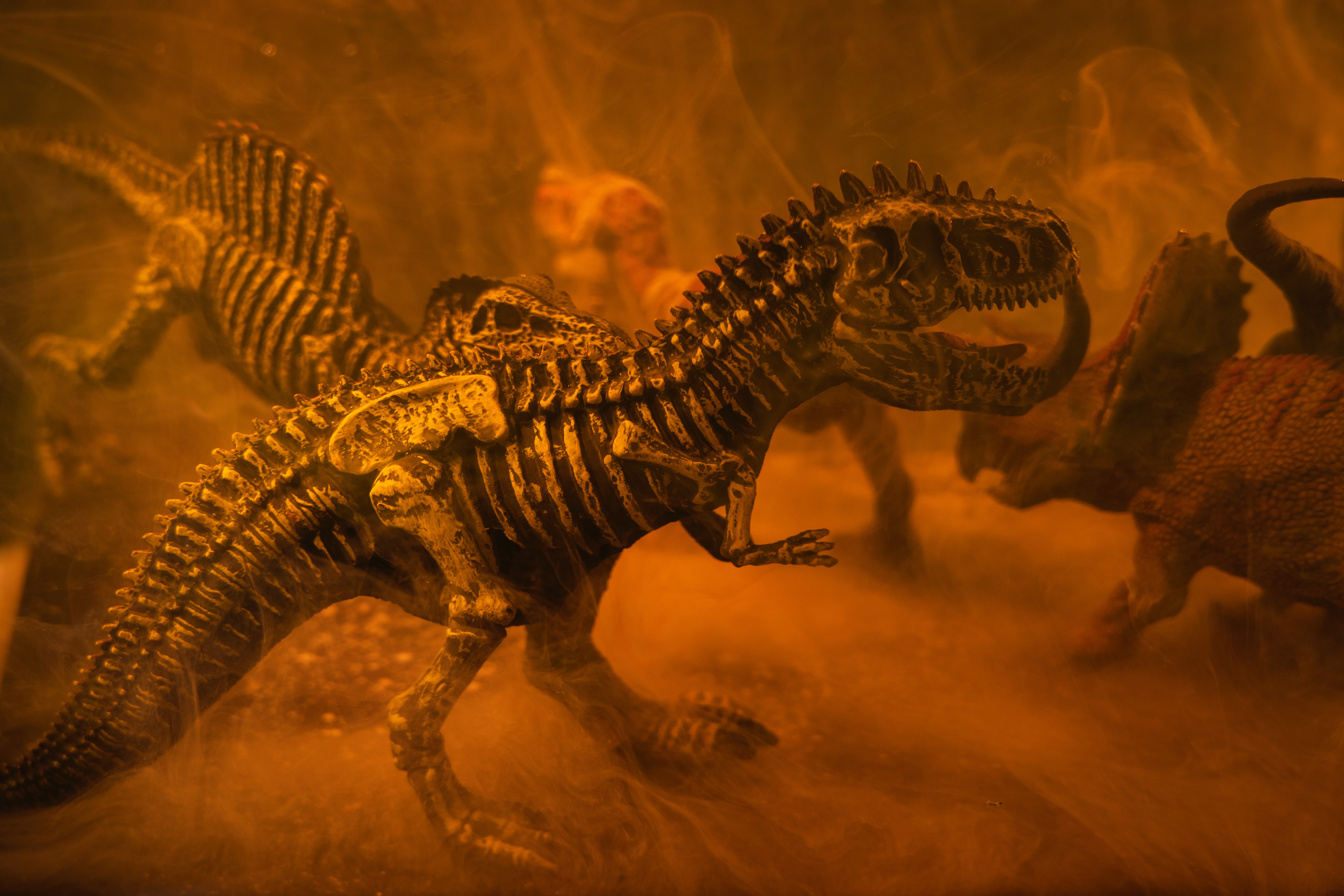Media release
From:
Fine silicate dust from pulverized rock generated by the Chicxulub impact likely played a dominant role in global climate cooling and the disruption of photosynthesis following the event, a study published in Nature Geoscience suggests.
The Chicxulub impact has long been thought to have triggered a global winter 66 million years ago, which led to the demise of the dinosaurs and around 75% of species on Earth. However, what effect the various types of debris ejected from the crater had on the climate is debated, and exactly what caused the mass extinction remains unclear. Previous research has suggested that sulfur released during the impact and soot from post-impact wildfires constituted the main drivers of an impact winter, but the size of silicate dust particles ejected into the atmosphere has not been considered to be a major contributor.
To evaluate the roles of sulfur, soot and silicate dust on the post-impact climate, Cem Berk Senel and colleagues produced palaeoclimate simulations based on an analysis of fine-grained material emplaced at a well-preserved impact deposit from a site in North Dakota, USA. They found that the size distribution of silicate debris (approximately 0.8–8.0 micrometre) revealed a larger contribution of fine dust than previously appreciated. They inputted the measured size distribution into a climate model and estimated that such fine dust could have remained in the atmosphere for up to 15 years after the event, contributing to global cooling the Earth's surface by as much as 15 °C. They suggest that dust-induced changes in solar radiation may also have shut down photosynthesis for almost two years post-impact.
The authors suggest that the role of silicate dust, along with soot and sulfur, would have blocked photosynthesis and sustained an impact winter long enough to cause the catastrophic collapse of primary productivity, triggering a chain reaction of extinctions.



 International
International



